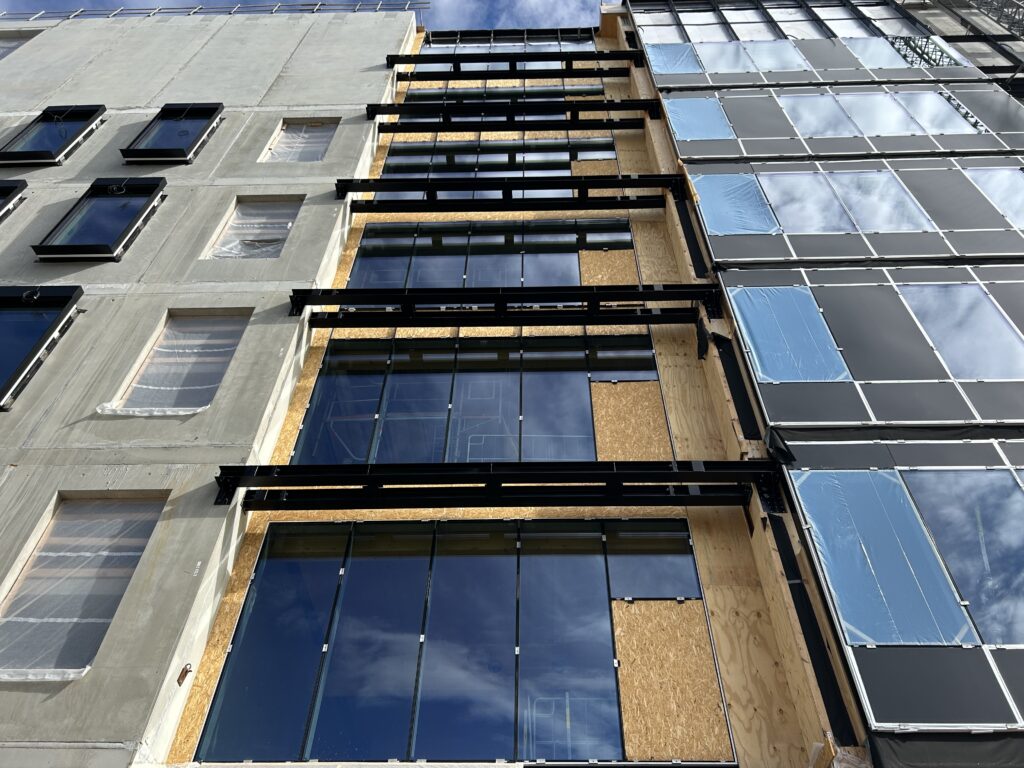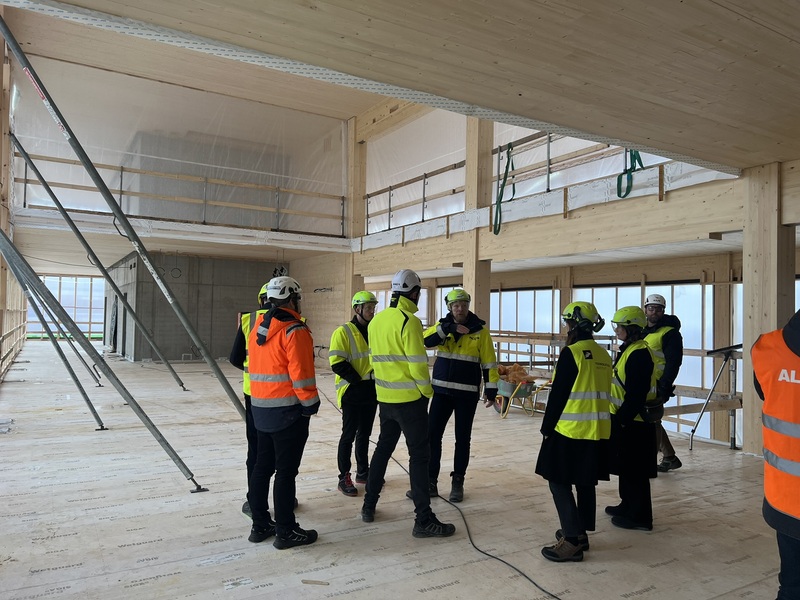Strategies, initiatives and action plans
The EU Green Deal is a comprehensive and ambitious policy framework introduced by the European Commission in December 2019. It outlines the European Union’s roadmap for achieving climate neutrality and a sustainable and inclusive economy by 2050. It aims to transform Europe into the world’s first climate-neutral continent.
The EU Green Deal encompasses a wide range of policies and initiatives across various sectors, aiming to transform Europe’s economy and society towards sustainability and resilience. It involves legislative proposals, funding mechanisms, and partnerships to drive the necessary changes for a greener and more sustainable future.
The European Climate Law turns the political ambition of reaching climate neutrality by 2050 into a legal obligation for the EU and its Member States, while the 2030 Climate Target Plan, proposes to raise the EU’s ambition to reduce GHG emissions to at least 55% below 1990 levels by 2030.
As part of the EU Green Deal, the Fit for 55 Package set out in 2021 legislative proposals and amendments to existing EU legislation that will help the EU cut its net GHG emissions and reach climate neutrality.
The EU Forest Strategy for 2030 is a framework aiming to guide and promote sustainable forest management within EU Member States. The strategy aims to: Improve the quantity and quality of EU forest and enhance their multifunctional role; Promote sustainable forest management and sustainable use of wood-based resources; Prioritise wood products and promote long-lived wood products, such as buildings; Optimize use of wood in line with the cascading principle.
The Circular Economy Action Plan outlines a set of initiatives and measures to transform the way products are designed, produced, consumed, and disposed of, with the aim of reducing waste, preserving resources, and minimizing environmental impact.
The Bioeconomy Strategy and Bioeconomy Action Plan intends to accelerate the deployment of a sustainable European bioeconomy with the main goals of reducing dependence of non-renewable, unsustainable resources, limit and adapt to climate change, managing natural resources sustainably, and strengthening European competitiveness and job creation.
The Renovation Wave Strategy aims to accelerate the renovation of buildings across the European Union (EU) to improve energy efficiency, reduce greenhouse gas emissions, and promote a sustainable and resilient built environment.
The Biodiversity Strategy for 2030: ”Bringing nature back in our lives” is a comprehensive plan that addresses the ongoing loss of biodiversity and ecosystem degradation: Cover the whole forest cycle; Promotes green infrastructure and nature-based solutions to be integrated in the design of buildings; Sustainable forest management and increasing resilience of the forests.
The New European Bauhaus (NEB) is an initiative launched by the European Commission in January 2021. It aims to bring together the fields of art, culture, science, and technology to create more sustainable, inclusive, and aesthetically pleasing living environments.
The NEB initiative is an ongoing project that involves various activities, including design competitions, pilot projects, policy development, and knowledge sharing. It aims to transform the way we think about and approach the design and construction of our living spaces, promoting sustainability, aesthetics, and inclusivity.
Regulation
The Construction Products Regulation (CPR) lays down harmonized rules for the marketing of construction products, including wood and wood-based products. It sets out essential requirements for construction products’ performance, safety, and other characteristics. The CPR establishes a system for CE marking, which indicates that a product complies with the relevant EU–harmonized technical specifications.
The Energy Performance of Buildings Directive (EPBD) encourages the use of energy-efficient materials, which may include wood products that provide good thermal insulation properties. The directive provides measures to accelerate building renovation rates; minimum requirements for emissions from the use phase, as well as requirements for new buildings -“zero emissions building”; National building renovation plans with concrete targets; and Digitalization, buildings data and information tools.
The European Union Timber Regulation (EUTR) combats illegal logging and promotes the trade of legally harvested timber and timber products within the EU market. The EUTR covers a wide range of timber products including solid wood products, flooring, plywood, pulp and paper.
Sustainable procurement
Green Public Procurement (GPP): The EU promotes green public procurement practices, which encourage public authorities to consider environmental factors when purchasing goods and services, including construction materials. This initiative can favor the use of environmentally friendly and sustainable wood products in public construction projects.
The EU Sustainable Finance Taxonomy establishes a common language and classification system for sustainable economic activities, aiming to provide clarity and transparency on which economic activities can be considered environmentally sustainable. It is expected to play a significant role in guiding sustainable investments and facilitating the transition to a greener and more sustainable economy within the EU.
Learn more about regulation and policies


